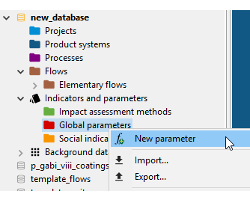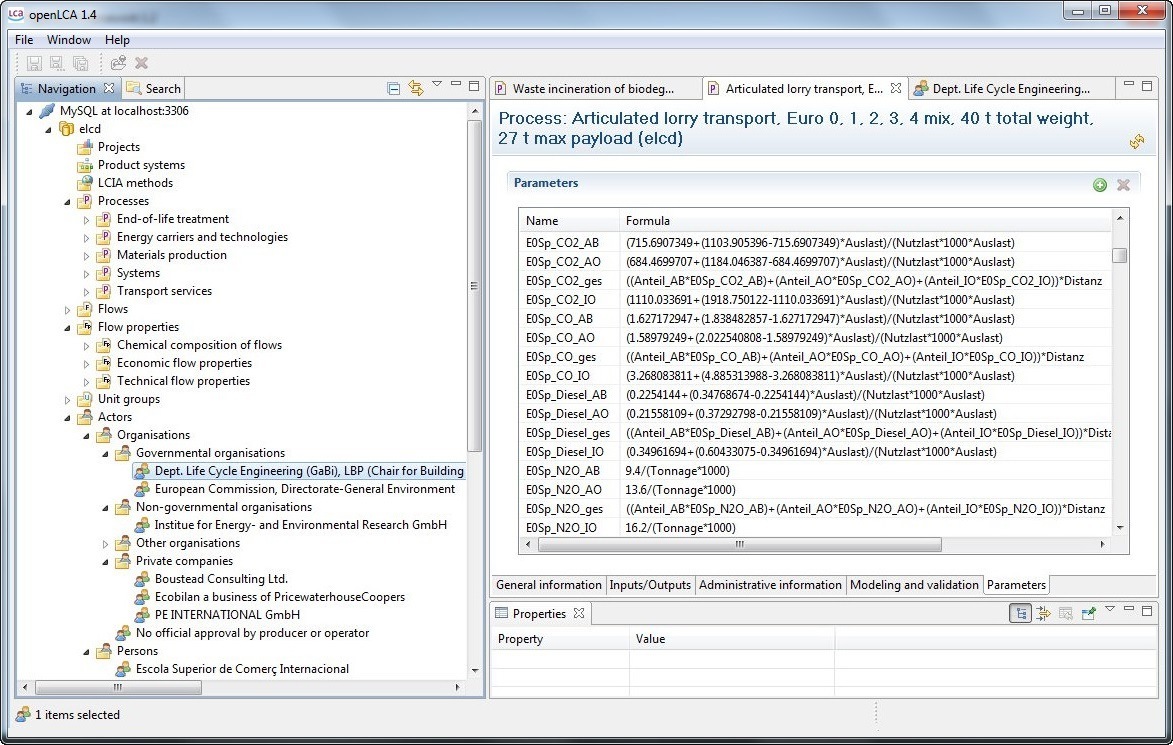

That’s because some software providers do not disclose costs. We can’t provide the costs of the listed software in our overview. Therefore, the costs of LCI data have to be taken into consideration when calculating the price of an LCA tool. Whilst some software comes with its own databases, most LCI databases commercially available need to be bought separately. Life Cycle Assessment calculations rely on Life Cycle Inventory (LCI) data. We have summed up the results in the table below.

This overview helps you get more insights into the world of LCA software.

You can find the different goals of an LCA in our LCA Beginner’s Guide. However, just as each sustainability challenge is different – so are the goals of an LCA. This article provides a quick overview of the world of LCA software and when to use which tool. Whether you’re new to the field or not – finding the right tool that fits your needs and purposes is difficult. You or your company needs to measure a Product Footprint, Life Cycle Assessment, or even a Product Carbon Footprint (PCF). For who is this LCA Software overview useful? We compare them side by side, as well as describe each of them and their functionalities. This overview includes our footprint tools Ecochain Mobius and Ecochain Helix, as well as the four other well-established LCA software solutions: SimaPro, GaBi, oneClickLCA, and openLCA.

As a result, the market for LCA tools develops quickly. Sustainability, climate change, the circular economy – they’re all becoming part of everyday business. Life Cycle Assessment (LCA) is the scientific method to measure the environmental footprint of products and services.


 0 kommentar(er)
0 kommentar(er)
